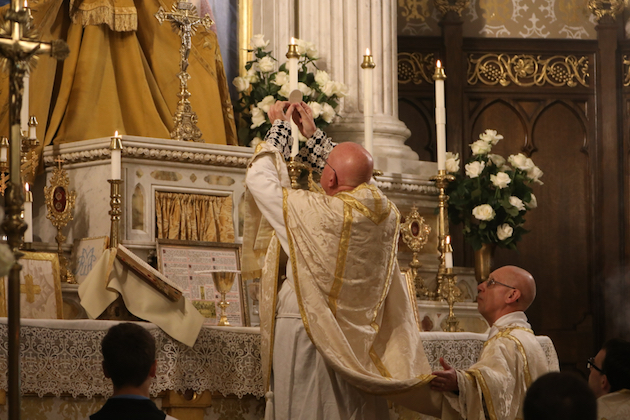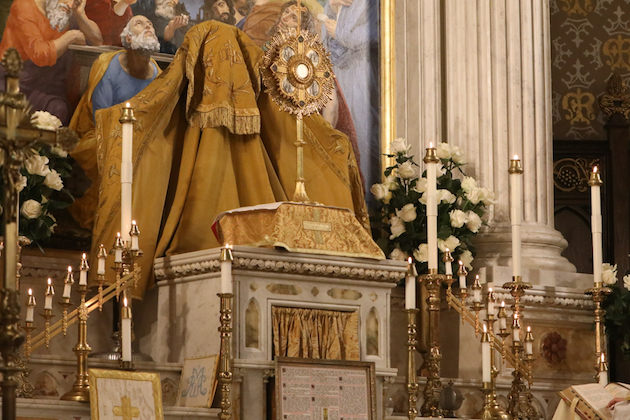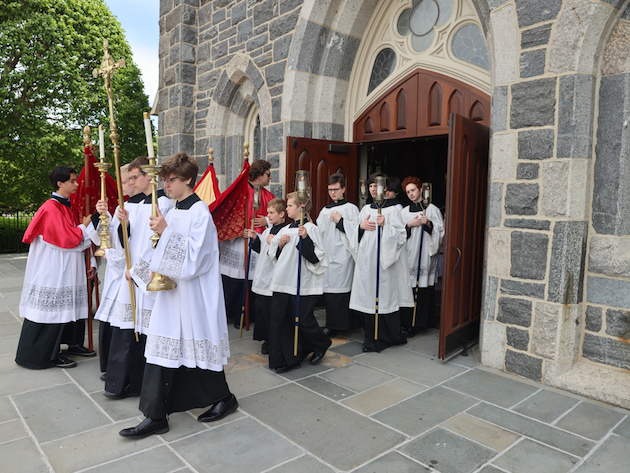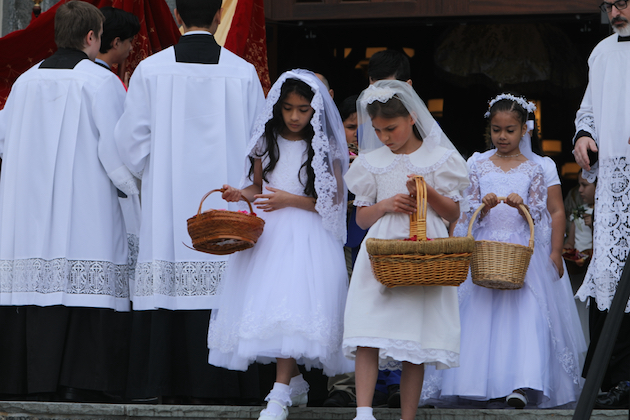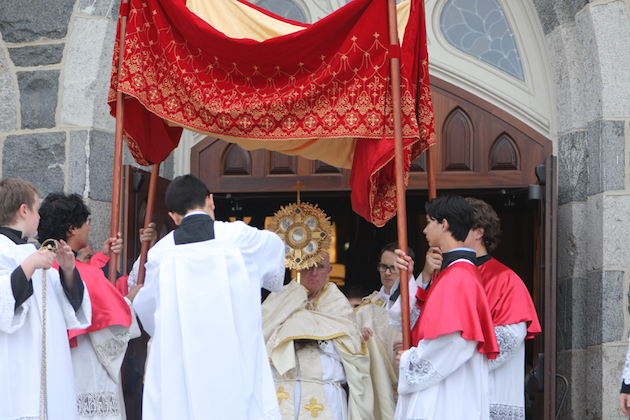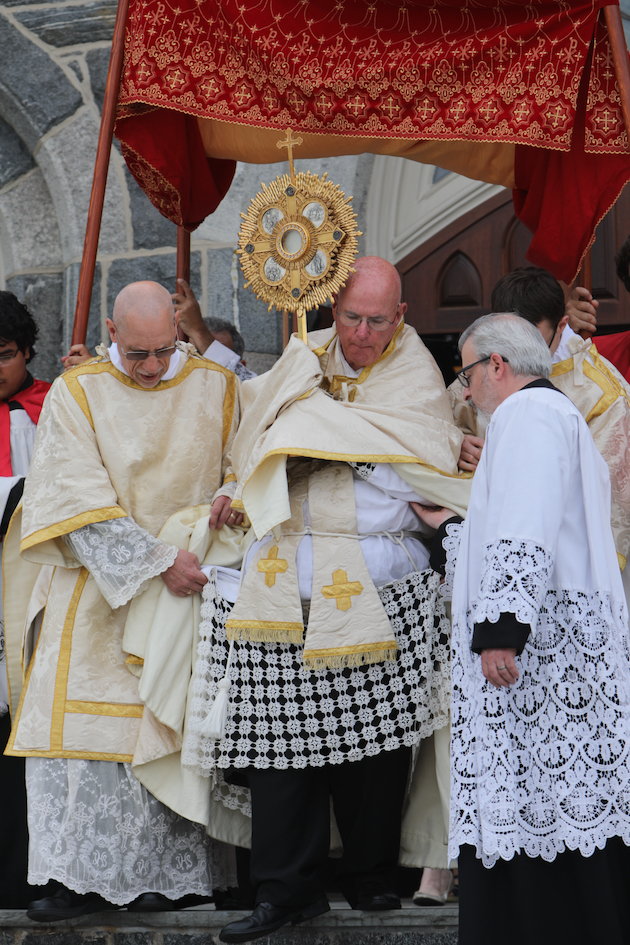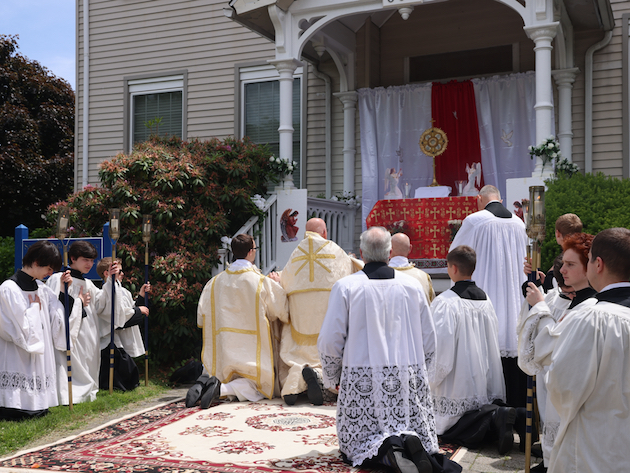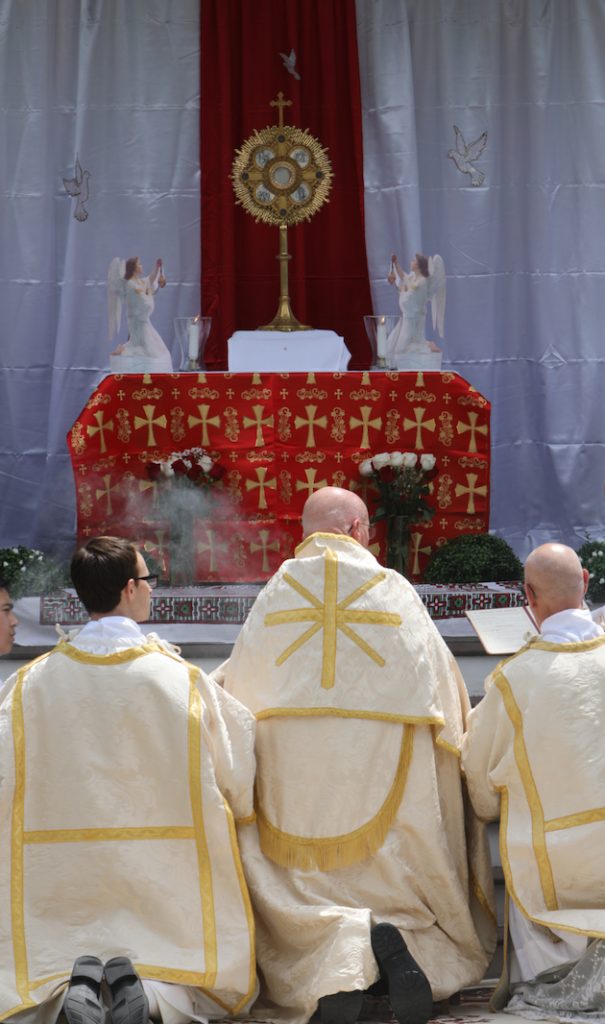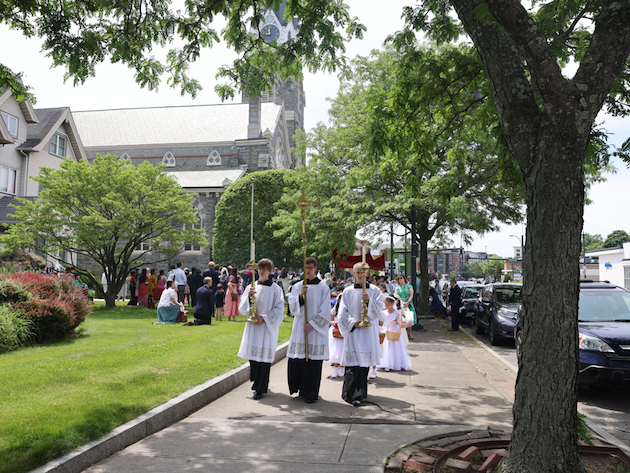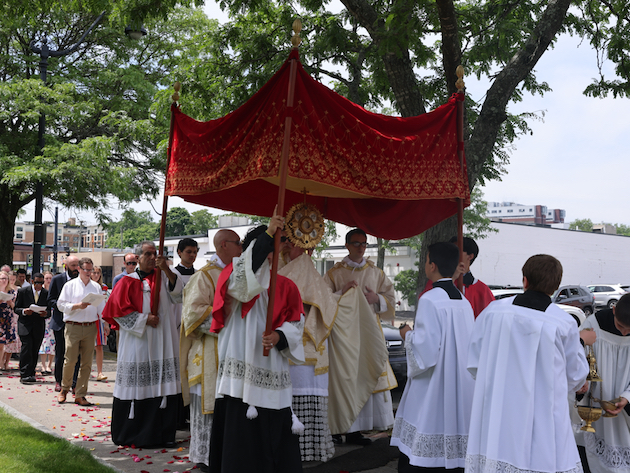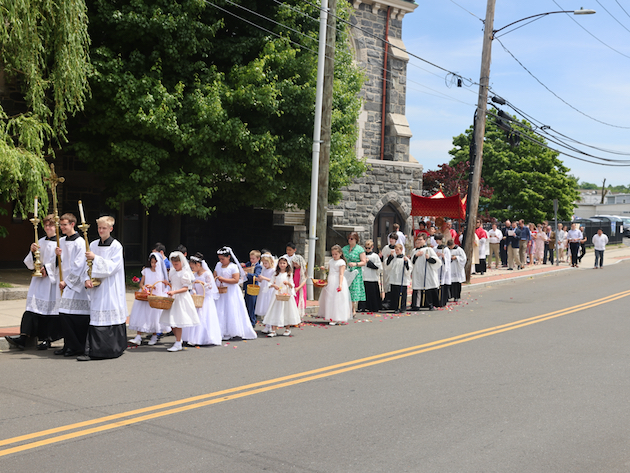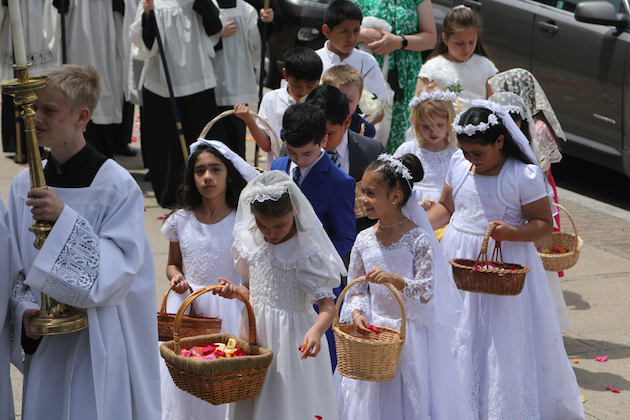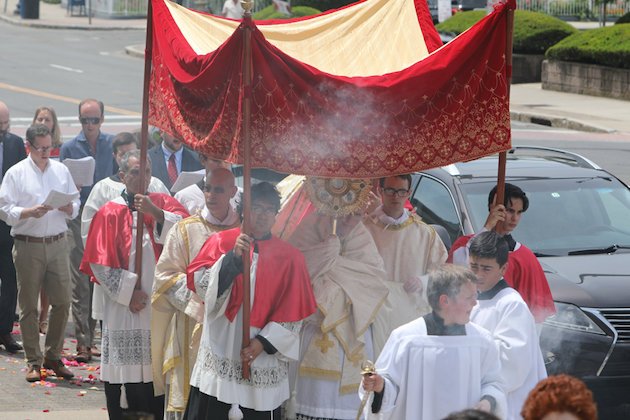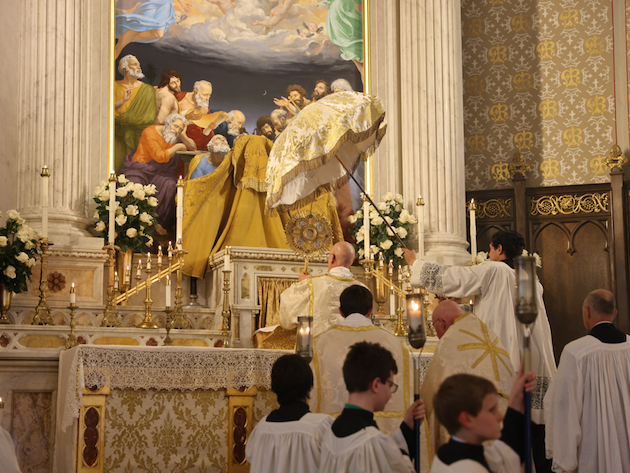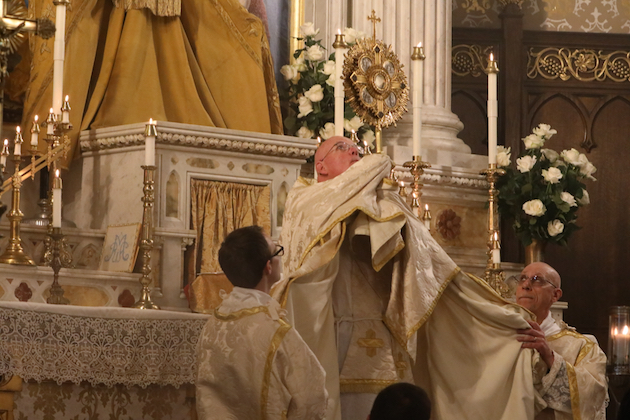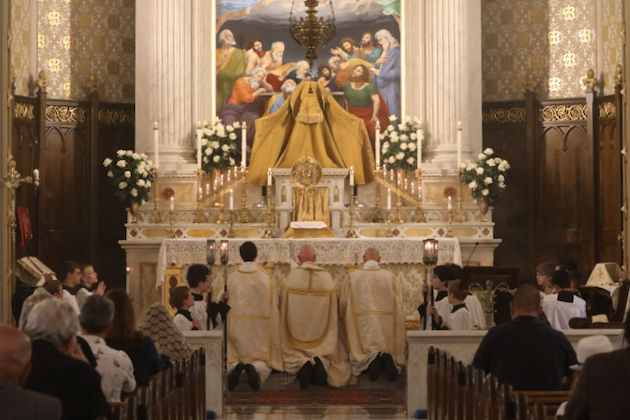
11
Jul
11
Jul
11
Jul
6
Jul
This news from Fr. Figueroa concerning the Traditional Mass at Annunciation Church in Crestwood, NY:
Please do not forget that our TLM will now be offered at 2pm starting this Sunday, July 7th. This time change will be permanent for the foreseeable future.
Please mark your calendars for Tuesday, July 16th, the Feast of Our Lady of Mt Carmel. We are planning to honor Our Lady with a Solemn High Mass in the Upper Church at 7pm.
9
Jun
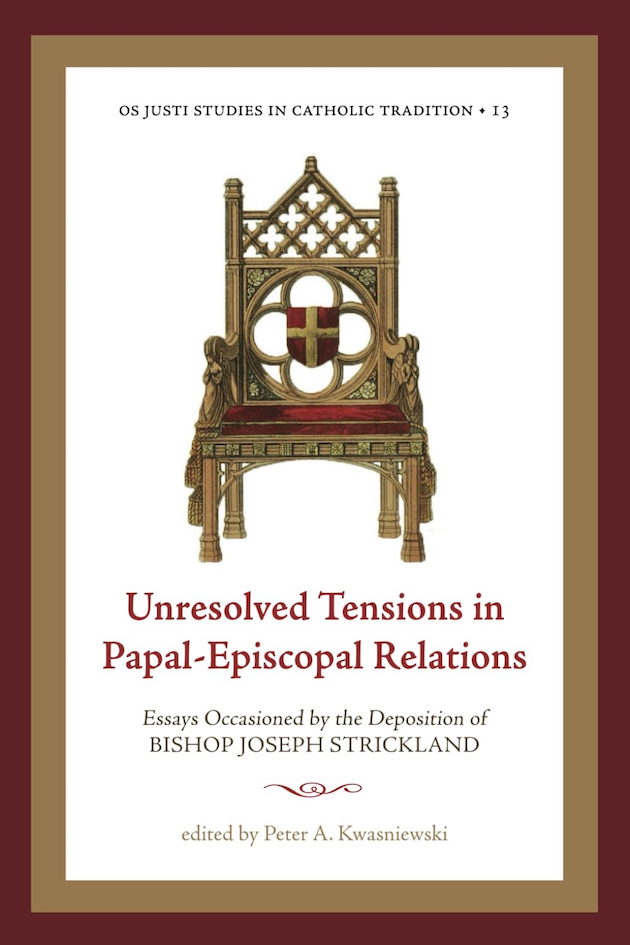
Unresolved Tensions in Papal-Episcopal Relations: Essays Occasioned by the Deposition of Bishop Joseph Strickland
Peter A. Kwasniewski, Editor
(Os Justi Studies in Catholic Tradition 13)
Os Justi Press, Lincoln, 2024
Nowadays books defending Catholic tradition in all its aspects are appearing almost as frequently as publications celebrating Pope Francis and the Catholic progressives. It’s an amazing feat, given the disparity in resources. For the massive Vatican publicity apparatus, mainstream Catholic institutions and sympathetic secular media are the pillars of the pro-papal, pro-progressive media onslaught. Traditionalists, in contrast, have to rely on small independent publishing houses. We owe much of the new traditionalist publishing wave to Dr. Peter Kwasniewski, both as author and editor. He is of course the editor of Unresolved Tensions.
Despite its somewhat awkward title, Unresolved Tensions gives us a needed theological and legal framework for understanding the deposition last year of Bishop Joseph Strickland of Tyler. It resembles Dr. Kwasniewski’s previous anthology Ultramontanism and Tradition – mainly collecting and preserving writings that previously appeared online. Unresolved Tensions, however, focuses on just one aspect of the governance of the Church. You probably will not be surprised to learn that most of the contributors to Unresolved Tensions do not agree with the pope’s arbitrary, unfettered authority to remove bishops without cause. But this collection is also open to other opinions.
At the heart of the book is an exchange between Jose Ureta and Dr. John Lamont on the nature of episcopal jurisdiction (as opposed to membership in the episcopal order). Is the bishop’s jurisdiction intrinsic to (or inherent in) his consecration as bishop or is it follow from papal delegation? If the bishop’s jurisdiction is inseparable from his membership in the episcopal order, it follows that the pope does not have unlimited authority to deprive the bishop of it.
Mr. Ureta restates the case for unlimited papal authority over episcopal jurisdiction, an opinion which dates back well before the consolidation of the Ultramontane regime in the 19th century. Yet, he also wants to absolve this position from any responsibility for the abuses we see at the present day. In my opinion, John Lamont gives a more coherent and precise account of the debate between the “moderate” (restricted) and “strong” (unlimited) positions on the scope of papal power over episcopal jurisdiction. Lamont argues that the moderate position – even if in the minority in recent times – is not only supportable but is best suited for the universal nature of the Church. Lamont’s position also has the merit of according better with historical reality.
Joseph Shaw, in his remarkable foreword to Unresolved Tensions, describes the pathetic situation of a member of today’s Catholic hierarchy. Regardless of the theories of Vatican II which supposedly restored episcopal rights, the bishop today finds himself totally controlled by the pope, media pressure and his fellow bishops. His scope for independent action is drastically circumscribed. So that, when a pope arrives, like Francis, who is both unafraid of exercising absolute papal authority, and works in closest alliance with the secular media, episcopal resistance is understandably feeble to nonexistent.
Philip Campbell’s insightful essay asks in what sense can the pope be said to stand above canon law? He points out that papal exemption from the coercive power of canon law does not at all mean that the pope can violate canon law at will. Those who argue otherwise are undermining the foundations of law. This also accords, I would add, with secular historical precedent. Some of the most authoritarian rulers have been the greatest creators of law: the later Roman Emperors climaxing with Justinian, Pope Innocent III, the long succession of English monarchs in the Middle Ages, and of course, Napoleon. Under all these undoubtedly absolute sovereigns, the rule of law made rapid progress.
Unresolved Tensions includes many other riches. Cardinal Gerhard Müller and Bishop Athanasius Schneider eloquently defend Bishop Strickland. The introductory essay on the scope and limits of papal authority by a “Friar of the Order of Preachers,” provides a comprehensive theological foundation for the rest of the book. Fr. Gerald E Murray describes the rules of canon law as they apply to Strickland’s case. He argues that the deposition of Bishop Strickland violated all canon law requirements of due process. Stefano Fontana writes of the radically new historical situation that Francis has created with his action against Strickland and appointment to the Vatican of Victor Manuel Fernandez. Finally, in an appendix Dr. Kwasniewski adds several essays of his own that have already been published in other anthologies as well as key texts cited by Ureta and Lamont.
I doubt that Unresolved Tensions will have any immediate influence on the conduct of the “institutional” Church. After all, only a minority of the contributors to this book currently hold official positions in either the clergy or academia of the Catholic Church. Bishop Strickland did accept his dismissal. Most bishops will also accept – if at times only silently – anything the pope orders.
I fear that those holding teaching positions in Catholic universities and seminaries will also ignore this book, regardless of its virtues. Progressives have adopted a utilitarian, positivistic approach to Francis’s uncontrolled exercises of papal authority – if one of his actions furthers their agenda they will approve, regardless of any previous advocacy of “collegiality” or “synodality.” Those outside the progressive realm will probably try to ignore these issues, and continue to recite authorities without any attempt to relate the texts to these events. But as Stefano Fontana eloquently states, in the current situation, conscientious objection will have to be active instead of passive. (This has already started after Fiducia Supplicans.) But Unresolved Tensions stands as a helpful resource, reminding us of rules of theology, law and morality which the Vatican routinely violates. And it will, hopefully, serve as a road map in a future recovery.
News from the Catholic Sacred Music Project at Princeton:
I want to invite you all to two events later this month:
- Behold, I Make All Things New: A Discussion and Concert of New Sacred Music
Saturday, June 15 11am-3:30pm at the Princeton Theological Seminary Chapel
Come and meet Sir James MacMillan, Dr. Margarita Mooney Clayton, Paul Jernberg, Dr. Timothy McDonnell, and hear eight new compositions setting the antiphons of the Mass of Corpus Christi as well as a modern premiere of a forgotten metrical chant setting of the Sequence of Corpus Christi Lauda Sion!
More information and RSVP here.
- Conducting Institute Sacred Music Concert, Friday, June 21 7:00pm-9:00pm at the Princeton Theological Seminary Chapel More information and RSVP here.
6
Jun
A Musical Pilgrimage
Posted by Stuart Chessman
…at the Hispanic Society of America in New York on June 13. Part 3 of a series: Path of Miracles by Joby Talbot
A concert-length masterwork for choir, tracing the steps of Spain’s most enduring pilgrimage, the Camino de Santiago.
Joby Talbot’s Path of Miracles may be the first true choral masterwork of the 21st century. Talbot, whose dramatic compositions include well-known film scores and luscious ballets, composed the piece in 2005 for the British ensemble Tenebrae, a group similar to Skylark both in size and vocal virtuosity. The piece takes the listener on a mesmerizing vocal journey across the ancient Camino de Santiago, the pilgrimage to Santiago de Compostela in Northwest Spain. With its four varied and theatrical movements named for important cities along the pilgrim’s path, and its moving libretto by poet Robert Dickinson, Path of Miracles has been called “little short of a musical miracle in itself.”
The Hispanic Society of America. (West 155th Street, New York)
6
Jun
For Spanish speakers, a very nice recent article by Maricarmen Godoy about the current state of the Traditional Mass:
Misa Tradicional en latín atrae más
Even with a couple of minor mistakes, it eloquently attests to the continued and growing popularity of the Latin Mass.
Contact us
Register
- Registration is easy: send an e-mail to contact@sthughofcluny.org.
In addition to your e-mail address, you
may include your mailing addresss
and telephone number. We will add you
to the Society's contact list.
Search
Categories
- 2011 Conference on Summorum Pontifcum (5)
- Book Reviews (95)
- Catholic Traditionalism in the United States (24)
- Chartres pIlgrimage (17)
- Essays (176)
- Events (670)
- Film Review (7)
- Making all Things New (44)
- Martin Mosebach (34)
- Masses (1,343)
- Mr. Screwtape (46)
- Obituaries (15)
- On the Trail of the Holy Roman Empire (22)
- Photos (347)
- Pilgrimage Summorum Pontificum 2021 (7)
- Pilgrimage Summorum Pontificum 2022 (6)
- Pilgrimage Summorum Pontificum 2023 (4)
- Sermons (79)
- St. Mary's Holy Week 2019 (10)
- St. Mary's Holy Week 2022 (7)
- St. Mary's Holy Week 2023 (7)
- St. Mary's Holy Week 2024 (6)
- Summorum Pontificum Pilgrimage 2024 (2)
- The Churches of New York (198)
- Traditionis Custodes (49)
- Uncategorized (1,369)
- Website Highlights (15)
Churches of New York
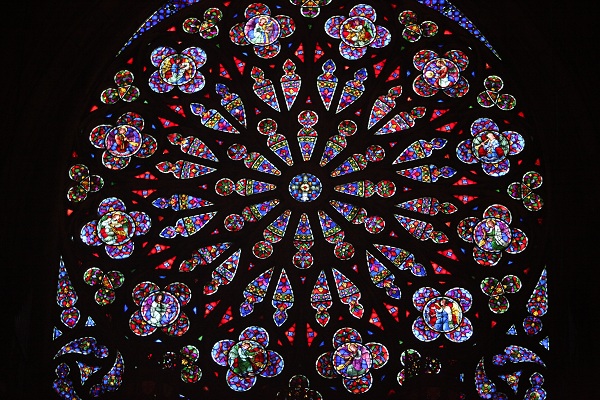
Holy Roman Empire
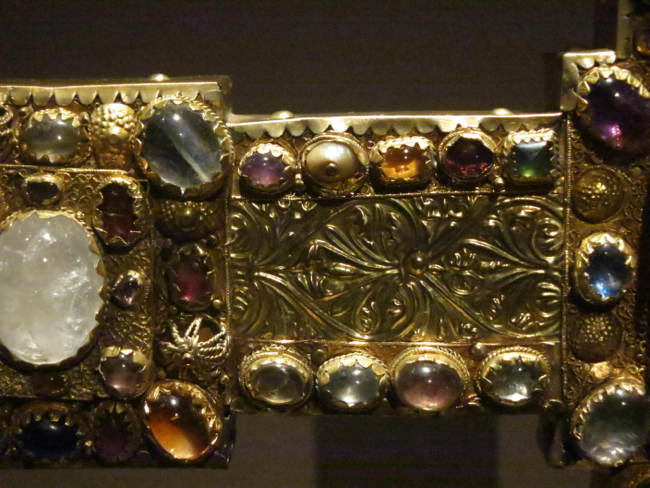
Website Highlights
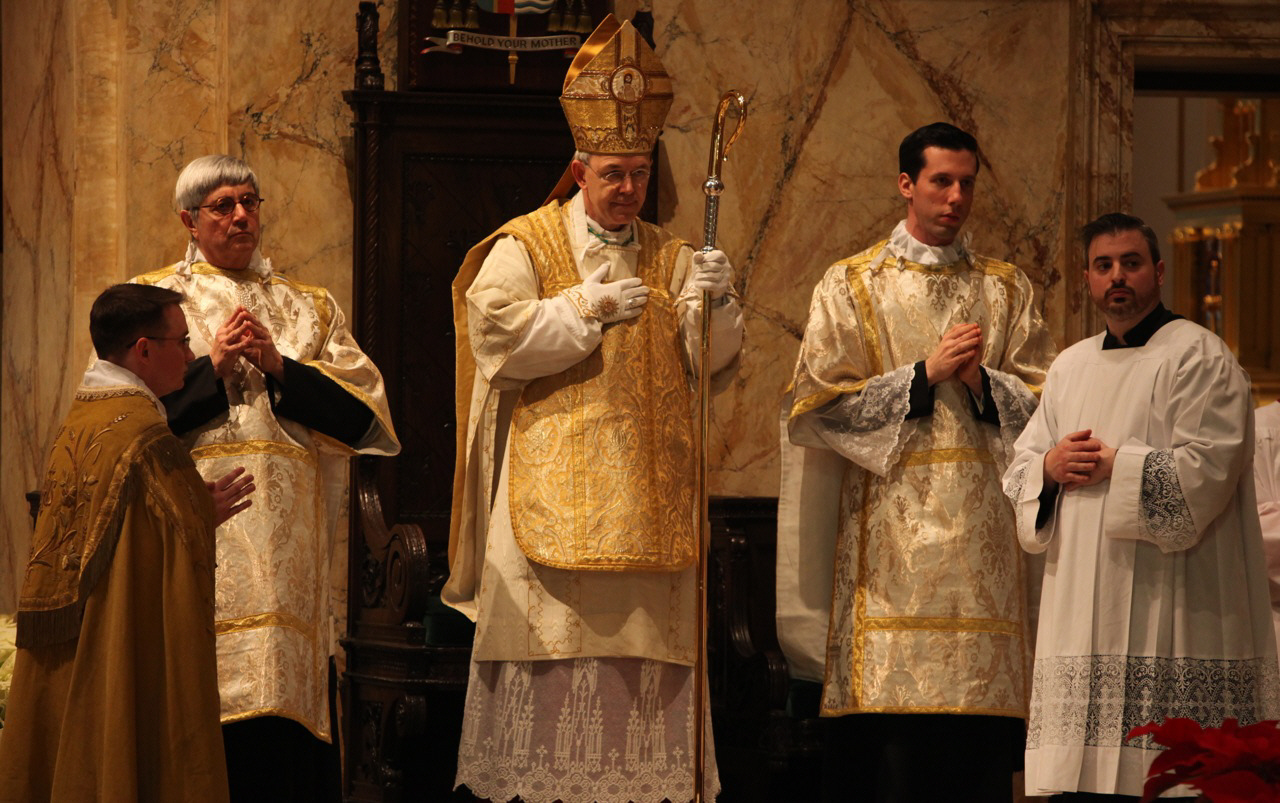
Archives
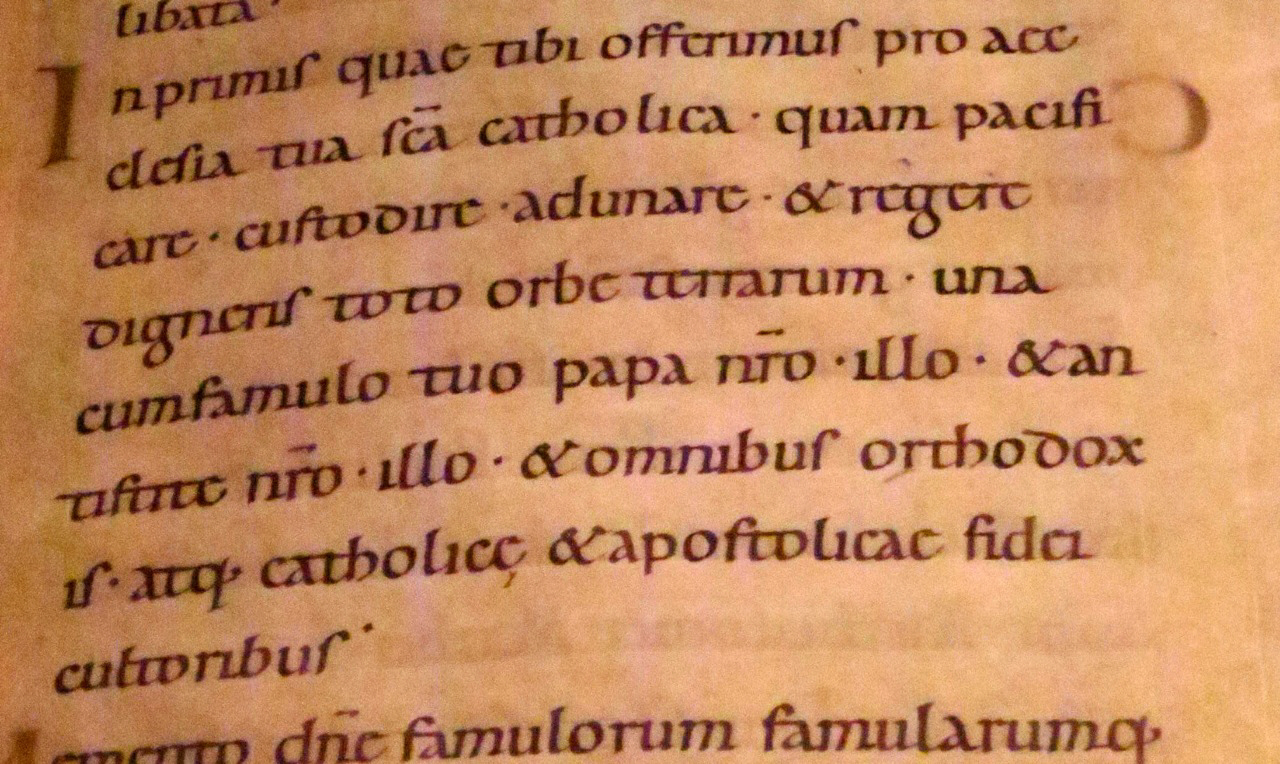
[powr-hit-counter label="2775648"]







